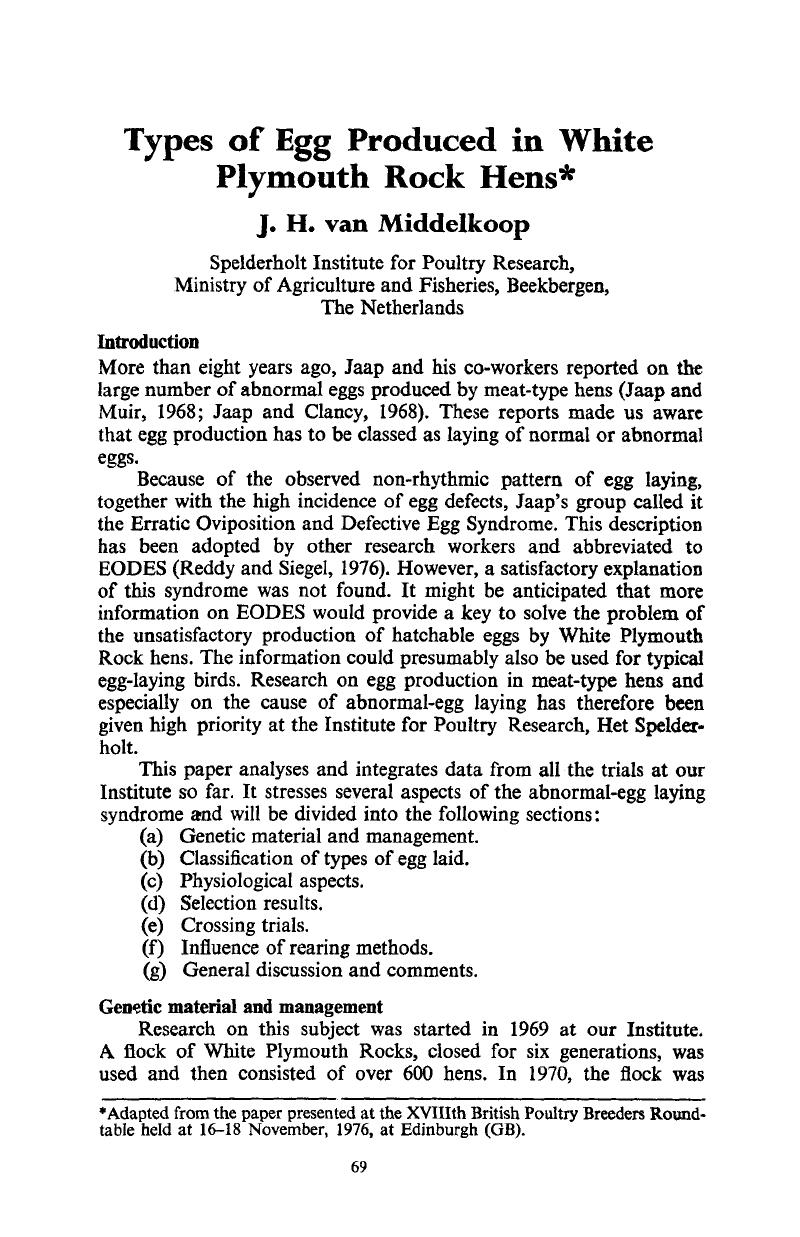Crossref Citations
This article has been cited by the following publications. This list is generated based on data provided by Crossref.
SCANES, C.G.
van MIDDELKOOP, J.H.
SHARP, P.J.
and
HARVEY, S.
1980.
Strain Differences in the Blood Concentrations of Luteinizing Hormone, Prolactin, and Growth Hormone in Female Chickens.
Poultry Science,
Vol. 59,
Issue. 1,
p.
159.
Benoff, F. H.
1980.
Defective egg production in a population of dwarf white leghorns1.
British Poultry Science,
Vol. 21,
Issue. 3,
p.
233.
ROLAND, D.A.
MARPLE, D.N.
BREWER, R.N.
TEER, P.A.
and
J.HOERR, F.
1983.
Serum Progesterone, Enzymes, and Electrolytes of Hens Laying a Low or High Incidence of Shell-Less Eggs.
Poultry Science,
Vol. 62,
Issue. 5,
p.
917.
PATTERSON, DEBORAH L.
and
MUIR, WILLIAM M.
1986.
Magnitude of Genetic Influence, Cage Type, and Genotype by Cage-Type Interactions on Soft-Shell and Shell-Less Egg Production.
Poultry Science,
Vol. 65,
Issue. 1,
p.
26.
MUIR, W.M.
and
PATTERSON, D.L.
1990.
Genetic and Environmental Associations of Uncollectible Egg Production with Shell Quality, Rate of Lay, and Erratic Timing of Oviposition in White Leghorn Hens.
Poultry Science,
Vol. 69,
Issue. 4,
p.
509.
Salamon, Attila
2020.
Factors affecting the production of double-yolked eggs.
World's Poultry Science Journal,
Vol. 76,
Issue. 4,
p.
815.





